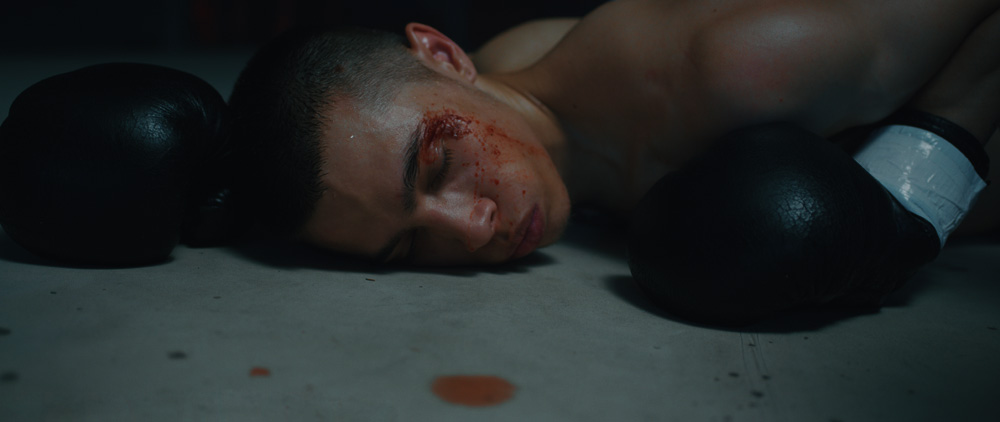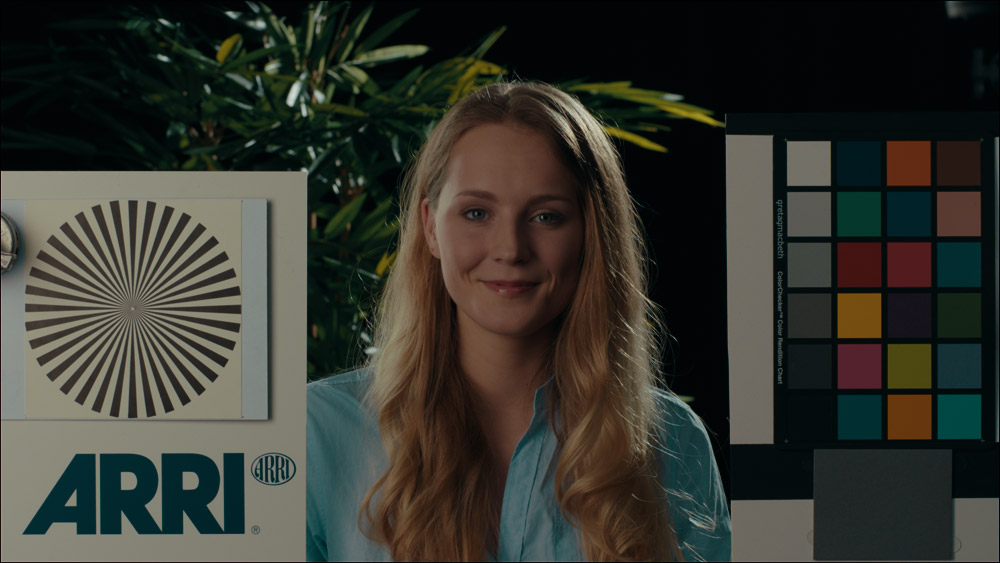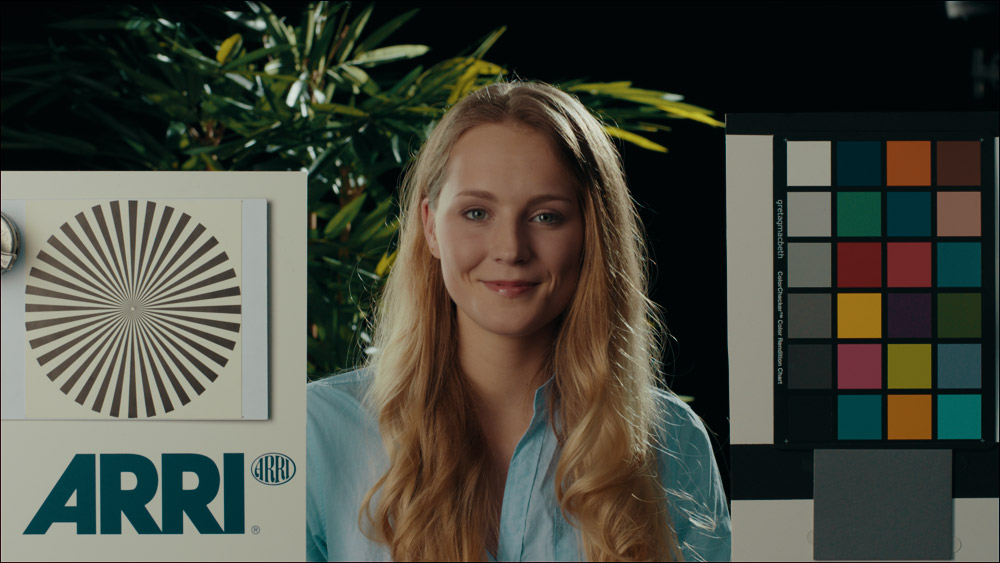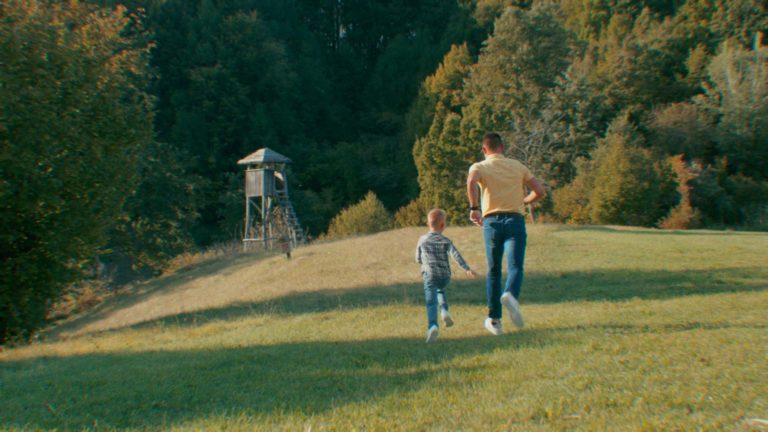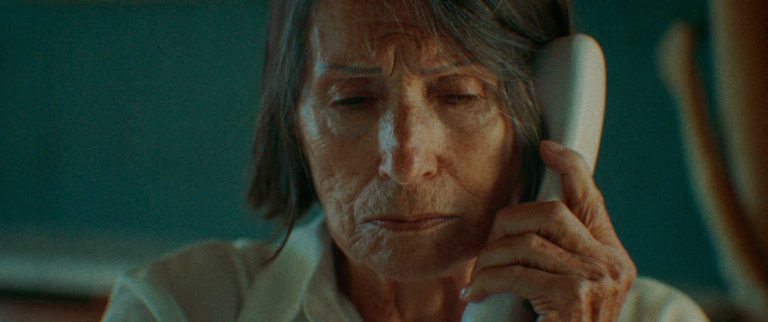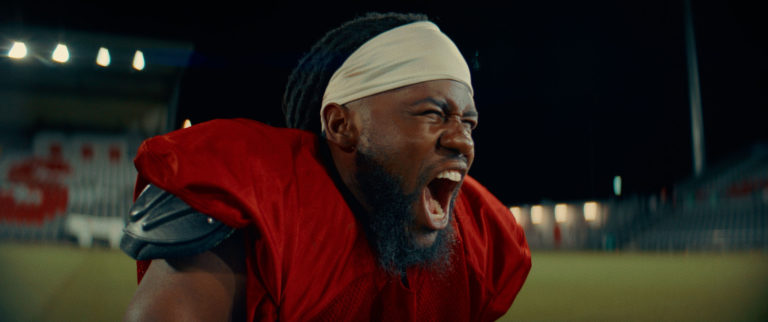Hey folks!
Today we are releasing an update 2.0.5 for all color grading LUTs packages. The update is available for download inside My Account. Download the color grading package in your account to update to the latest version.
This was one of the most requested features so we delivered. We have released generic Log LUTs for all our packages.
What does this mean?
In order to increase the flexibility of the color grading process, all of our color grading LUTs are decoupled from any Log to Rec.709 conversions. This means, if your footage is of Log type, you should normalise it (convert from Log to Rec.709/sRGB color space) prior to using one of our color grading LUTs.
To help you do that, we offer 21 Log to Rec.709 conversion LUTs inside your package.
However, there are instances where applying two LUTs (Log conversion LUT + creative LUT) may not be applicable.
For these exact cases we are now including a generic Log version of each and every one of our LUTs.
From today on, you will be able to apply just one LUT on all your Log footage. The generic Log LUTs will convert your Log footage into Rec.709 space for you and apply the creative color grade.
Are there any limitations?
Yes.
While using only one LUT is very convenient, there are limitations to applying a generic Log curve LUT.
Each camera, or more correctly, each Log format has its specifications and gamma curve. It differs from one Log format to another. While we tried to create a generic Log curve that will suite as wide a range of Log formats as possible, do bare in mind this Log curve is not specifically tailored for your camera but rather a generic one.
Therefore, the result may be little bit too contrasty or lacking a bit of contrast depending on your source footage.
It is advisable that where applicable you use two LUTs for your color grading process – 1) Log conversion LUT specifically tailored for your camera Log format 2) Standard creative color grading LUT.
Examples
Let’s have a look at some RED footage in REDLogFilm. This screen grab comes from the wonderful short ‘The Underdog‘ (check the link to learn how it was shot and graded in less than 48 hours if you haven’t already) directed by Jonny Mass from Abandon Visuals and lensed by Jared Fadel. If we color grade this image using two LUTs (REDLogFilm to Rec.709 Log conversion LUT + Labradorite LUT from the Teal & Orange category of the Professional Package) this is the result we get:
If we grade it using the generic Log Labradorite LUT from the Teal & Orange category of the Professional package the result we get is this one:
Note the increased contrast and the saturation.
Here’s a before and after comparison of the two frames.
Let’s have another look, this time at footage coming from Arri Alexa.
First we have the frame graded using two LUTs (Arri Log-C to Rec.709 Log conversion LUT + Molybdenite LUT from the Teal & Orange category of the Professional Package).
And now, let’s have a look at the generic Log version of the Molybdenite LUT.
The difference in this case is more significant.
However, if we slightly brighten our generic Log graded image using a very mild brightening curve, we get a better result:
Matching the two images requires adding a bit of additional contrast due to a different highlight roll-off of the generic Log curve. Once we add a bit of contrast we get a fairly similar image.
And here is a comparison of the two images fairly matched. On the left, a frame graded using two LUTs, on the right, generic Log LUT + minor brightness and contrast adjustments.
Which Log formats are compatible with the generic Log LUTs?
Following Log formats have a high level of compatibility with the generic Log LUTs:
- Arri Log-C
- Canon C-Log 2
- Cineon
- Panasonic V-Log
- REDLogFilm
- Sony S-Log (requires minor exposure adjustments)
- Sony-Slog2 (requires minor exposure adjustments)
- Sony-Slog3 (requires minor exposure adjustments)
Following Log formats have a medium level of compatibility with the generic Log LUTs (means they require exposure, contrast or saturation adjustments):
- BMD Film (dialling back the opacity of the LUT is recommended)
- BMD Film 4K (dialling back the opacity of the LUT is recommended)
- Canon C-Log (dialling back the opacity of the LUT is recommended)
- Canon C-Log 3 (dialling back the opacity of the LUT is recommended)
- DJI D-Log (dialling back the opacity of the LUT is recommended)
- Technicolor Cinestyle (dialling back the opacity of the LUT is recommended)
Following pseudo Log formats have low compatibility with the generic Log LUTs and it’s recommended that you apply the standard Rec.709 LUTs when working on footage shot in these formats:
- GoPro Protune
- Panasonic Cine-D
As always, should you have any questions please contact us.


